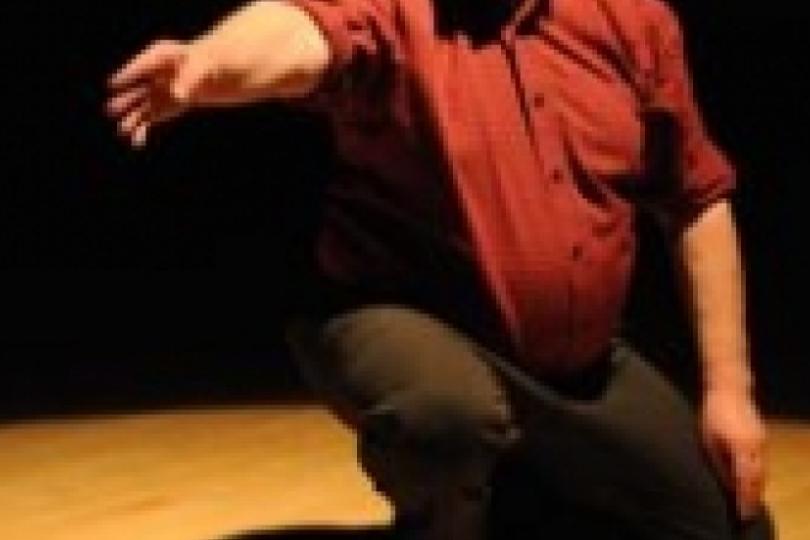Modern dance: Still rebelling, still evolving
Editorial

Modern dance originated in the early to mid-20th century primarily as an American art form, in rebellion against then-rigid rules of classical ballet and other traditional dance forms. The founders of modern dance sought more “natural” uses of the body and more personal ways of making dance. Modern dance has evolved continuously and vigorously ever since. By now it wears many faces, shaped by many artists.
The choreographers who practice this dance genre innovate and use unique movements, steps, gestures, shapes and techniques to suit their ever-changing intentions. Modern dance may incorporate theatrical gestures and texts, as well as other cross-disciplinary elements; movement on the floor, with dancers suspended from the ceiling, and/or from a standing position; elements of improvisation; and characteristics of individual performance styles.
Modern dance, now often called “contemporary dance,” is not just about steps, virtuosic tricks and exquisite shapes. It’s based on the creative and informed use of space, time and energy, just as painting is fundamentally based on the use of pigments, surfaces and textures. Both require artistry to bring the work of such tools to life.
Modern/contemporary dance can be at once abstract and very human. Human because modern dance values and presents artists’ present-day creativity; accepts, and sometimes even prefers, today's artistry over works, techniques and traditions that have seen their day and are no longer contemporary; and values today's living human artists over theoretical and historic traditions. And yet, modern dance is often abstract because it experiments with the form itself, moving beyond story, or character or “message” into pure movement.
Thus, modern dance differs in endless ways from orthodox genres that may be pre-defined and perfectible, such as deeply traditional folk dances or classical ballet. Modern dance welcomes unconventional ideas. It is genuinely revolutionary. It is a dance form for individualists.
To appreciate the range of aesthetics, styles and approaches inherent to modern dance, see more than one concert and more than one company or artist. In less than a century, modern dance has evolved into a very big tent. The St. Paul-based TU Dance looks no more like the Minneapolis-based Stuart Pimsler Dance Theater than Tori Amos sounds like Ella Fitzgerald. Or vice-versa. Just as popular music has a big tent, so does modern dance. Try several companies. Discover what you like. Not all of modern dance is like the last company you saw.
Also, relax. Stop worrying about intellectually “understanding” modern dance. If a dance piece tickles your emotional responses, you “got” it because it was visceral. If it tickles your sense of structure, you “got” it because a kaleidoscope of shapes, patterns and pathways (even without a narrative) is content.
Modern dance is largely a kinesthetic experience, not about explainable theories, polemics or narratives. (I will stand corrected by those who point out that some modern dance is exactly one of those three. Ahem. It’s a big tent.) To paraphrase a passage from the New Testament, “Render unto verbal explanation what belongs to explanation, and render unto movement what belongs to movement.” Modern dance is about finding movement and making movement expressive in ways that words do not.
Finally, watch for flavor. Look for ways in which the choreographer and the dancers are uniquely “speaking” with their own voices through their bodies, and wearing their own faces, not just imitating other people’s past successes. As stated above, modern dance is individual and revolutionary. If you don’t like a particular company, try a different one. If you do like someone’s style, aesthetic or approach, try another company anyway. Modern dance is a movement gourmand’s luxury smorgasbord. Indulge.




